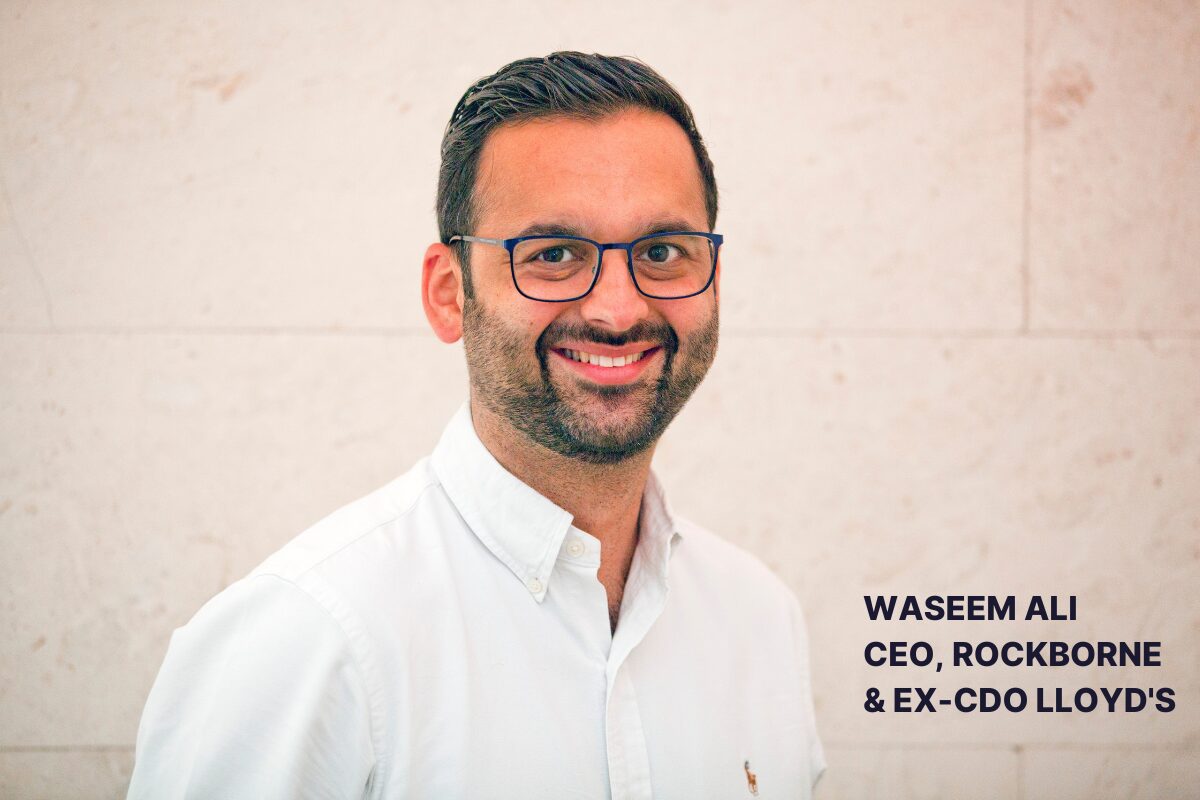“3+ years of experience required for an entry-level role.” Sound familiar?
This kind of job listing has become so common that most candidates barely question it, but for many, it’s a source of frustration. It begs the question: how do you get experience if no one will give you a chance?
Experience certainly matters; no one is arguing otherwise. However, by focusing too heavily on it, businesses may be closing themselves off to a vast pool of untapped potential. Hiring someone based on potential means identifying candidates who may not have “done the job before” but have the aptitude, drive, and skills to do it, and do it well.
The key isn’t to abandon experience, but to reframe how we view it. What if potential were seen as an equally valuable metric? Companies that embrace this shift open themselves to new perspectives, fresh ideas, and a broader, more diverse talent pool. We understand that this isn’t always feasible, given the growing pressures of delivery, programmes, and transformations.
The Problem: Why Leaning Too Heavily on Experience Has Risks
The Experience Trap is a concept explored in a 2008 article from the Harvard Business Review. It refers to the assumption that past experience is the most reliable indicator of future performance. While it’s understandable why hiring managers lean on “experience” as a proxy for ability, this approach can create unintended barriers.
1. Missed Opportunities for Fresh Talent
- LinkedIn research shows that women are 16% less likely than men to apply for a role unless they meet 100% of the listed criteria.
- Candidates from lower-income backgrounds often can’t afford to take unpaid internships or participate in costly training programs that might make a CV “stand out.” These barriers disproportionately disadvantage talented individuals who may not have taken traditional career paths but are equally capable of excelling in the role.
2. Same-Pool Hiring
- Hiring from the same networks, schools, or job boards means seeing the same candidates repeatedly. If experience becomes the main filter, it’s easy to end up with a narrow hiring pool, and lack of diverse talent in your teams.
- This approach tends to favour “culture fit” over “culture add,” limiting the diversity of thought that drives innovation.
3. It Ignores a Skills-Driven Market
- The World Economic Forum predicts that 44% of employees will need reskilling by 2027. The demand for technical skills is moving so quickly that yesterday’s experience may not match tomorrow’s needs.
- Companies that rely on experience alone may miss out on candidates with the learning agility to pick up new skills just as quickly as experienced hires.
Rockborne’s Solution: Hire for Potential, Not Perfection
At Rockborne, we believe that experience is valuable but not the only marker of a great hire. That’s why we use a more balanced approach through our Attract-Train-Deploy (ATD) Model.
This model moves beyond “ready-made” hires and focuses on building talent with a mix of fresh thinking, skills, and support. Here’s how it works:
- Attract a Wider Pool of Talent
Instead of placing all the weight on CVs, we assess adaptability, curiosity, and problem-solving skills. By opening the door to candidates from non-traditional backgrounds, we increase the pool of available talent and drive greater diversity.
- Train to Meet Industry Needs
Candidates receive hands-on training in key areas like data, analytics, and AI, bridging the gap between industry demands and candidate readiness. Alongside technical skills, communication training is a vital part of the programme, ensuring consultants can effectively articulate insights, collaborate with teams, and influence decision-making. This well-rounded approach prepares candidates to hit the ground running in real roles.
- Deploy Talent Ready to Make an Impact
Once training is complete, Rockborne’s consultants are deployed directly into client teams. Unlike interns or “trainees,” these consultants are ready to make an immediate impact. This “ready-to-go” talent pool helps clients reduce onboarding time, fill skills gaps, and get access to fresh perspectives.
I’ve said this about my vision for the business and Rockborne’s training programme back when I was newly appointed as CEO in 2022:
“Having both worked with and developed graduate data schemes before, I’ve come to understand where the gaps are and what’s needed. This has allowed us to craft an ever-evolving training program and hiring process that’s built by data experts and designed to meet what Rockborne’s clients truly need. The proof is there — if you look at all those individuals from our earlier cohorts and their roles, they are all doing incredibly well, with some starting to become hiring managers themselves. Many of these individuals would have been (and certainly were) overlooked in traditional hiring or graduate programmes.”
Closing Thoughts: Rethink Recruitment
Hiring people based on experience alone often results in short-term hires that don’t stick, especially in an industry like data, where the average tenure is already short. By focusing on growth potential, you can reduce turnover, increase retention, and build a more agile workforce.
Move away from “years of experience” as a hard requirement. Instead, emphasise key skills like problem-solving, adaptability, and a growth mindset. Remove unnecessary experience requirements from job listings. Focus on essential skills and aptitudes that genuinely predict success.
If you can’t find the “perfect” hire, create them. Upskilling, reskilling, and internal mobility can help you build a workforce ready to meet future challenges.
Experience certainly matters, but it’s not the only marker of success. Instead of chasing “perfect candidates,” you can build them and create a stronger, more dynamic workforce in the process.
So, here’s the big question: Is your company hiring for potential or are you stuck in the experience trap?
With the right strategy and the right partner, you can avoid the trap entirely.
Ready to unlock the potential in your team?
Learn more about Rockborne’s Data & AI training courses and discover how we can help your workforce stay ahead of the curve.




